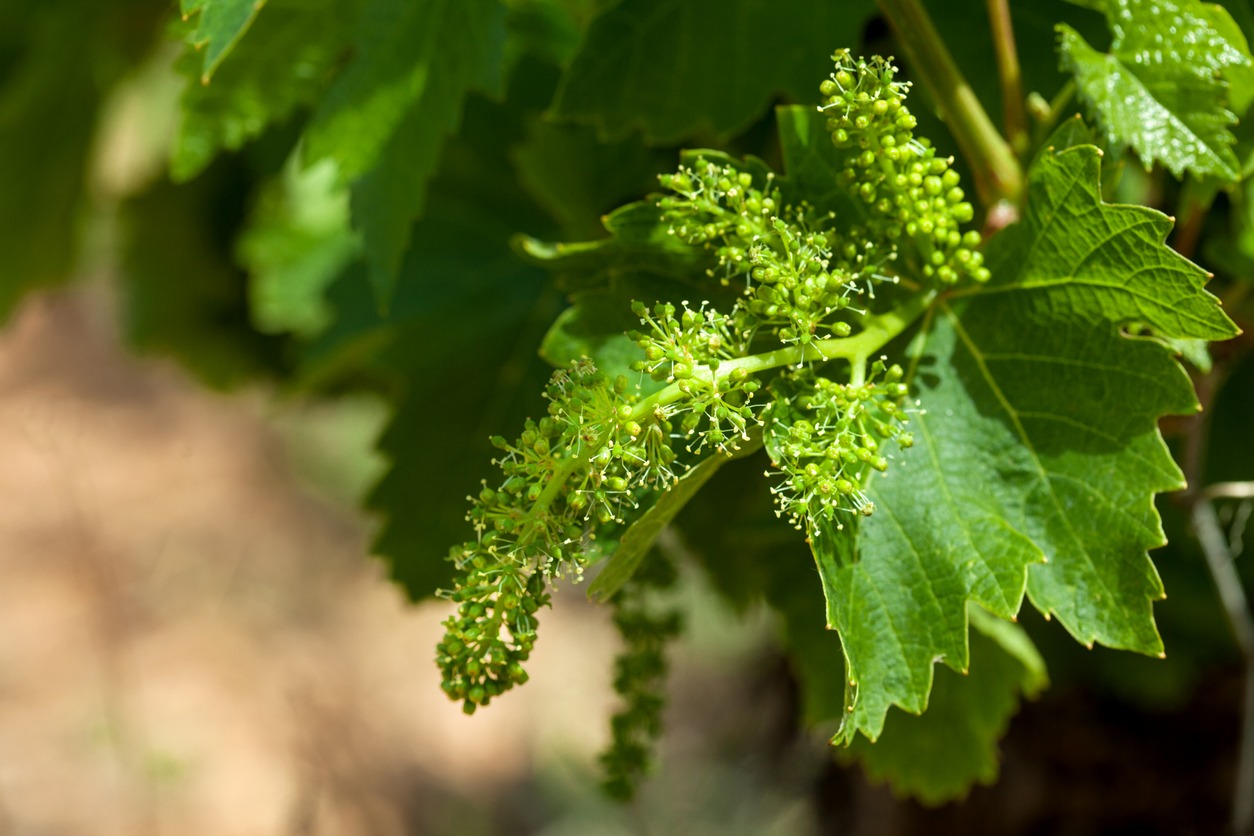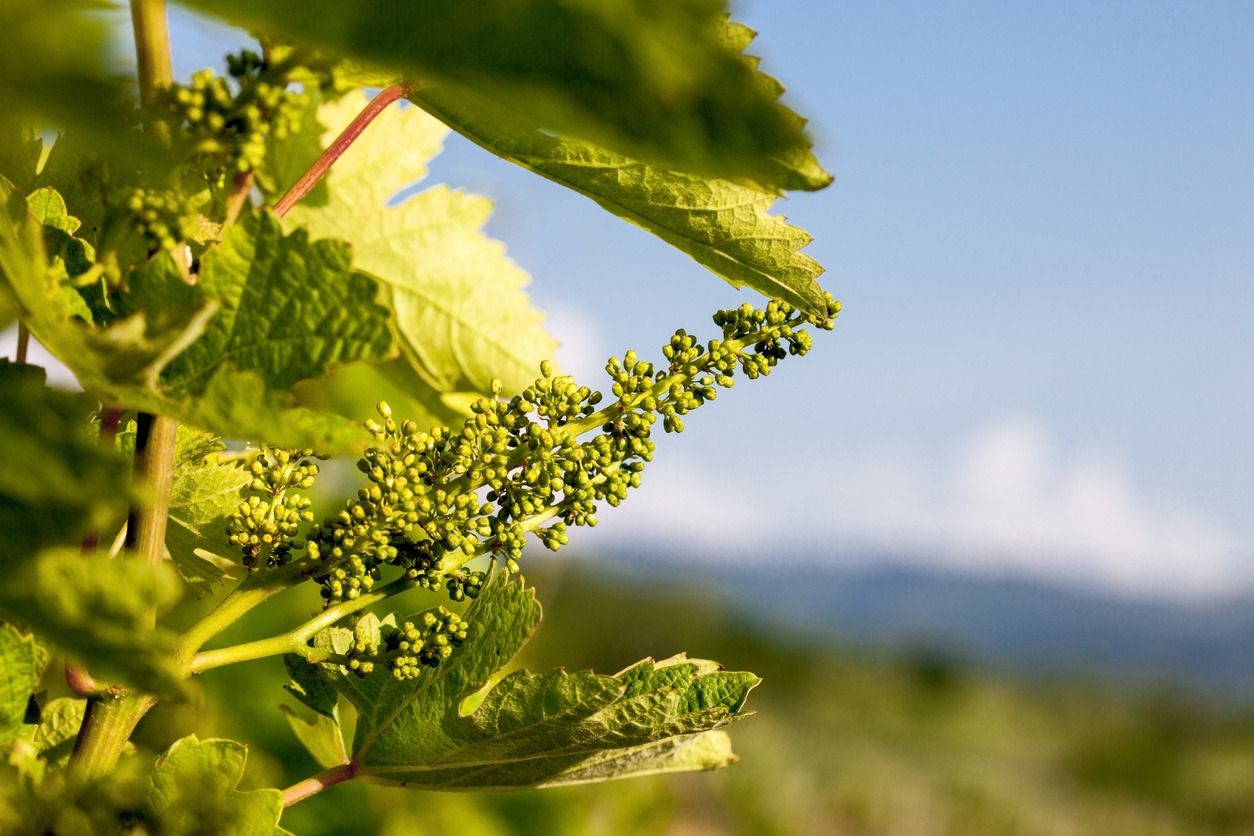Vranec, a grape variety indigenous to the Balkans, particularly North Macedonia, has been making a significant mark in the world of wine. Known for its robust character and deep, rich colors, Vranec wines are gaining international recognition for their quality and unique flavor profile. This article takes a closer look at Vranec, often referred to as the ‘black diamond’ of Macedonian vineyards, and explores how this once little-known grape is now producing some of the most intriguing and satisfying wines on the global stage.
What is Vranec?
Vranec is a dark-skinned grape variety native to the Balkans, particularly flourishing in North Macedonia, a region with a deep winemaking history. The name ‘Vranec’ literally translates to ‘black stallion,’ a nod to the grape’s robust and powerful characteristics. Known for producing rich, full-bodied red wines, Vranec is a varietal that embodies the spirit and terroir of its native landscape.
The origins of Vranec are deeply rooted in the history of the Balkan Peninsula. Wine has been part of this region’s culture for thousands of years, with ancient civilizations like the Greeks and Romans cultivating vineyards and enjoying the fruits of the land. Vranec, in particular, has been a part of this winemaking tradition for centuries, though it has only recently begun to gain international acclaim. The grape’s resilience and ability to thrive in the harsh, mountainous terrains of the Balkans have made it a staple in local viticulture.
Traditionally, Vranec has been used to produce wines that are intensely colored, high in tannins and acidity, and have a potential for aging. The wines typically exhibit flavors of dark berries, plums, and a subtle hint of oak, often with a spicy or peppery finish. Vranec wines are known for their deep, almost inky, purple color, which is as visually striking as it is flavorful.
In recent years, there has been a growing interest in indigenous grape varieties, and Vranec has been at the forefront of this movement in the Balkans. Winemakers in North Macedonia and neighboring countries have been working to refine their viticulture and winemaking techniques to bring out the best in Vranec.
Vranec Wine’s Flavor Profile
Vranec wine, known for its deep, vibrant color, offers a rich and complex flavor profile that has captivated wine enthusiasts worldwide. Characterized by its full-bodied nature, Vranec wines are a reflection of the grape’s robust character and the terroir of the Balkans.
One of the most striking features of Vranec wine is its intense dark fruit flavors. Notes of blackberry, dark cherry, and plums are commonly present, delivering a luscious and ripe fruitiness that is immediately appealing. These fruit flavors are often accompanied by hints of spices like black pepper or cinnamon, adding complexity and depth to the wine.
In addition to fruit and spice, Vranec wines typically exhibit undertones of earthy and savory elements. Subtle hints of tobacco, leather, and dark chocolate can be detected, particularly in wines that have been aged in oak. This aging process not only enhances the wine’s complexity but also contributes to its smooth and velvety texture. The tannins in Vranec wine are generally well-structured and pronounced, adding to the wine’s full-bodied character and making it suitable for aging. Over time, these tannins mellow, and the wine develops more nuanced flavors.
The acidity in Vranec wine is usually well-balanced, providing a freshness that offsets the richness of the fruit flavors. This acidity makes Vranec wines particularly food-friendly, pairing well with a variety of dishes, especially red meats, hearty stews, and aged cheeses.
Overall, the flavor profile of Vranec wine is marked by a harmonious blend of rich fruitiness, warm spices, and earthy undertones, all wrapped in a structure that is both robust and elegant. Its ability to balance intensity with finesse makes Vranec a standout choice for those seeking a wine that is both rich in flavor and deeply rooted in its regional identity.
How Vranec Wine is Made
The process of making Vranec wine is a blend of traditional methods and modern winemaking techniques, carefully crafted to bring out the distinct qualities of this unique grape. The journey from vine to bottle involves several key steps, each contributing to the rich flavor profile and deep color characteristic of Vranec wines.
The production of Vranec wine begins in the vineyards. The Vranec grape thrives in the warm, dry climate of the Balkan regions, particularly in North Macedonia. The grapevines are typically grown in well-drained, rocky soils, which contribute to the intensity and complexity of the grape’s flavors. Harvesting usually takes place in late September or early October when the grapes have reached optimal ripeness, balancing sugar, acidity, and tannins.
Once harvested, the grapes undergo a process of destemming and crushing. This step releases the juice and begins the fermentation process. The crushed grapes, or must, are then transferred to fermentation tanks. Yeast is added to the must to start the fermentation, where the natural sugars are converted into alcohol. This process can last from a few days to a couple of weeks, and it’s during this time that Vranec starts to develop its full-bodied character and deep color.
After fermentation, the wine is often aged in oak barrels. The aging process can vary from several months to a few years, depending on the desired outcome. Oak aging imparts additional flavors to the wine, such as vanilla, toast, or spice, and helps to soften the tannins. The result is a more rounded and complex flavor profile.
Before bottling, the wine may undergo fining and filtration to enhance clarity and stability. Once bottled, the wine can be aged further or released for consumption. Vranec wines, known for their aging potential, can develop more nuanced flavors over time, including notes of dark chocolate, leather, and tobacco alongside the prominent dark fruit flavors.
The making of Vranec wine is a careful balance of preserving traditional winemaking practices while incorporating modern techniques to produce wines that are rich, robust, and reflective of the grape’s unique heritage.
Conclusion
Vranec wines offer a unique and enriching experience for wine lovers. This grape variety, indigenous to the Balkans, particularly North Macedonia, stands out for its robust character and complex flavor profile. As the wine world continues to discover and appreciate the diverse range of wines available, Vranec has emerged as a notable contender, showcasing the rich winemaking heritage and unique terroir of its region. If you are interested to learn more about different grape varieties, you may also read our post, What is Pignolo, the Ghost Grape?



